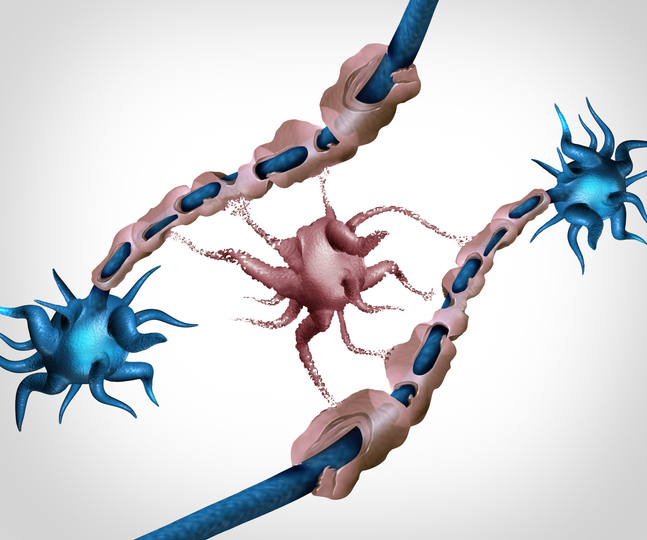It is estimated that half of patients with attention deficit hyperactivity disorder (ADHD) also suffer from oppositional defiant disorder/conduct disorder (ODD/CD). However, most data pertaining to structural morphology do not separately classify pure (ADHDâ€only) and comorbid ADHD (ADHD+ODD/CD). In this study, separate structural profiles were evaluated for ADHDâ€only versus ADHD+ODD/CD, including the indices subcortical and cortical volume, cortical thickness, and surface area. The researchers hypothesized that both groups of patients would have a reduced total gray matter, striatal, and cerebellar volume and that the ADHD+ODD/CD cohort would have a reduced amygdalar and hippocampal volume.
The authors collected structural images from boys aged 11 to 17 years who were matched by age, pubertal status, and IQ: ADHD-only (n=36), ADHD+ODD/CD (n=26), and typically developing boys (n=30). Structural data were evaluated with FreeSurfer.
Both patient groups presented reductions in total gray matter and total surface area. The ADHD+ODD/CD group, compared with the other two groups, had a thicker cortex in a right rostral middle frontal cluster. When controlling for ADHD symptoms, this indicated stronger symptoms of ODD/CD. Local cortical volume and surface area did not differ among the groups.
The researchers concluded that these findings necessitate differentiations between ADHD and ADHD+ODD/CD in research. They posit that the increased rostral middle frontal thickness observed in the ADHD+ODD/CD group could be indicative of a delayed adolescent cortical thinning. The authors further observed that a more significant burden appears to be present among patients with ADHD+ODD/CD compared with those with ADHD-only. The study was limited because it only included boys and because there were not enough patients to differentiate between ODD and CD alterations.







 © 2025 Mashup Media, LLC, a Formedics Property. All Rights Reserved.
© 2025 Mashup Media, LLC, a Formedics Property. All Rights Reserved.